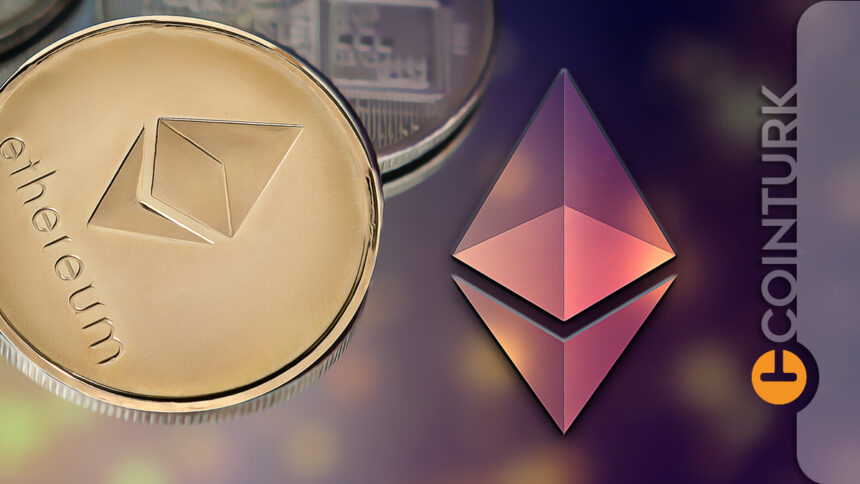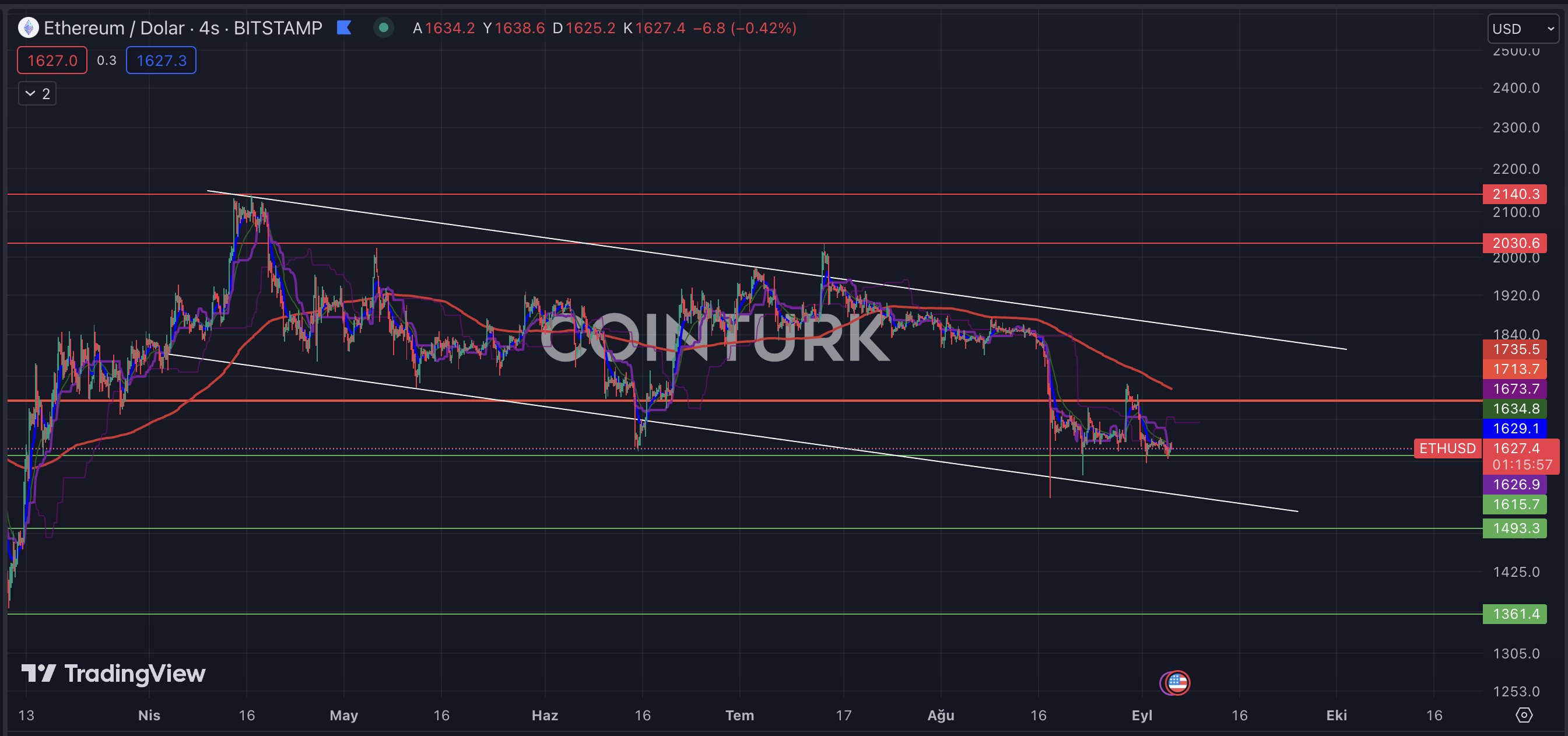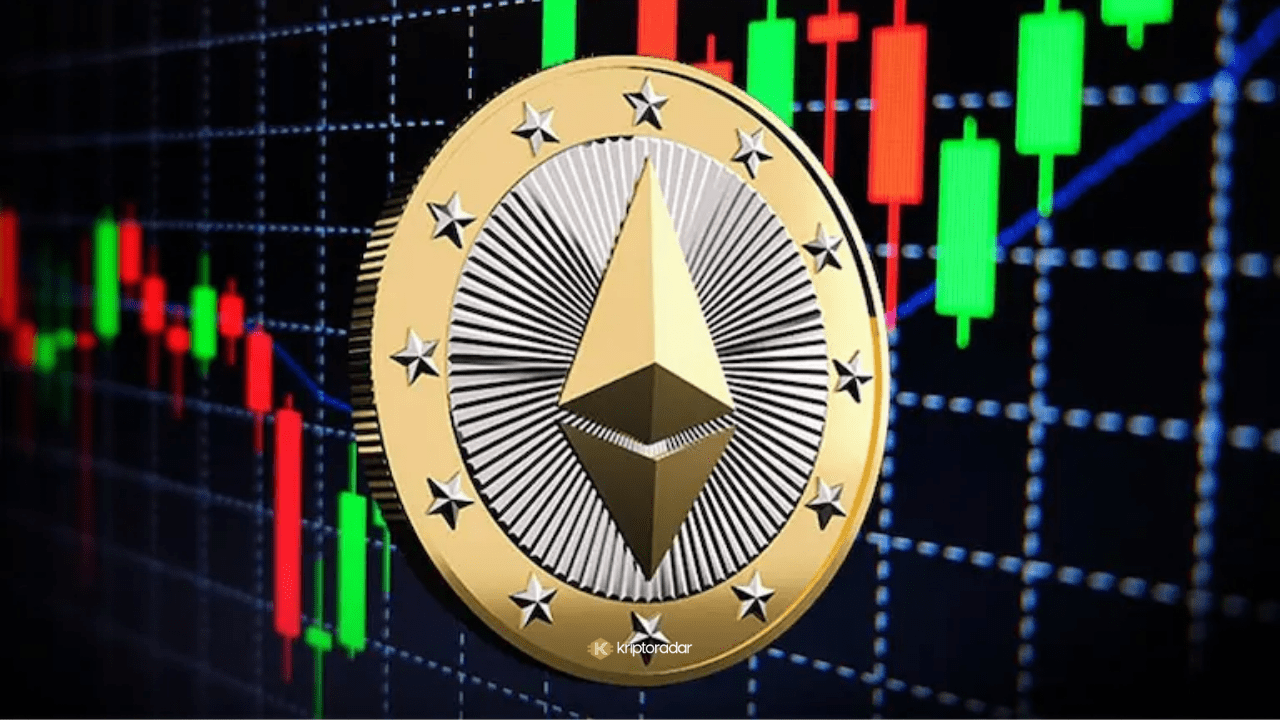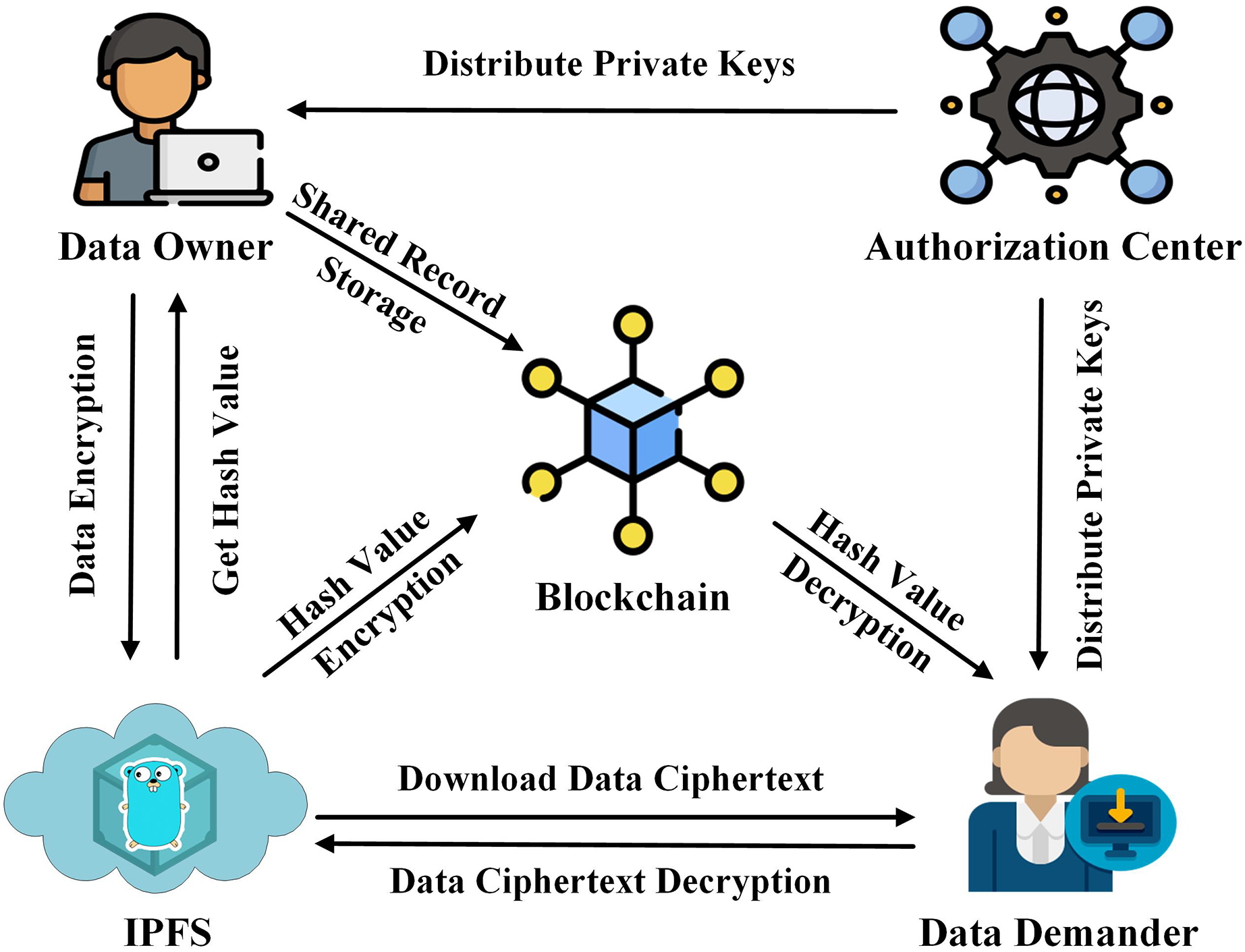Ethereum And Bitcoin Correlation An In-depth Analysis
Ethereum and Bitcoin correlation represents a fascinating intersection in the world of cryptocurrencies, reflecting how these two leading digital assets interact and influence each other's market dynamics. As Bitcoin paved the way for the cryptocurrency revolution, Ethereum emerged with its unique capabilities, offering smart contracts and decentralized applications, making the analysis of their correlation essential for investors seeking to navigate this volatile landscape.
Understanding the correlation between these two giants can provide valuable insights into market behavior and investor sentiment, which is crucial for making informed financial decisions. By examining historical data, investor reactions, and external factors affecting both cryptocurrencies, we can better grasp how their price movements are intertwined and what that means for the future of digital currency investments.
Introduction to Bitcoin and Ethereum

Bitcoin, created in 2009 by the pseudonymous Satoshi Nakamoto, is widely recognized as the first cryptocurrency. It emerged as a response to the global financial crisis, aiming to provide a decentralized form of currency that operates independently of central banks. Bitcoin's significance in the cryptocurrency market is immense; it set the foundation for the development of thousands of other cryptocurrencies and introduced the concept of blockchain technology.Ethereum, launched in 2015 by Vitalik Buterin and his team, brought a new dimension to the blockchain space with its smart contract capability.
Unlike Bitcoin, which primarily serves as a digital currency, Ethereum enables developers to build decentralized applications (dApps) on its platform. This unique feature allows for a wide range of uses beyond simple transactions, such as decentralized finance (DeFi) and non-fungible tokens (NFTs). The primary differences between Bitcoin and Ethereum lie in their purpose and technological capabilities, with Bitcoin focusing on peer-to-peer transactions and Ethereum on facilitating programmable applications.
Understanding Correlation in Financial Markets

Correlation is a statistical measure that describes the extent to which two assets move in relation to each other. In the context of financial markets, including cryptocurrencies, correlation helps investors understand how the price movements of different assets are related. A positive correlation indicates that assets move in the same direction, while a negative correlation suggests they move in opposite directions.
Understanding correlation is crucial for assessing risk and making informed investment decisions.To measure correlation between Bitcoin and Ethereum, one commonly used method is calculating the Pearson correlation coefficient. This coefficient ranges from -1 to +1, where +1 indicates a perfect positive correlation, 0 indicates no correlation, and -1 indicates a perfect negative correlation. For example, if Bitcoin and Ethereum have a Pearson correlation coefficient of 0.85, it means they have a strong positive correlation, suggesting that they often move together in the market.
Historical Correlation Between Bitcoin and Ethereum
The historical price movements of Bitcoin and Ethereum reveal interesting patterns of correlation over the years. Both cryptocurrencies have experienced significant price fluctuations, often reacting to similar market trends and investor sentiment.
| Year | Bitcoin Price (USD) | Ethereum Price (USD) | Correlation Coefficient |
|---|---|---|---|
| 2017 | $13,880 | $735 | 0.80 |
| 2018 | $3,800 | $130 | 0.50 |
| 2020 | $29,000 | $730 | 0.70 |
| 2021 | $64,000 | $4,800 | 0.90 |
There have been periods of high correlation, such as in 2021, when both cryptocurrencies reached new all-time highs simultaneously. Conversely, in 2018, there were notable periods of low correlation as Bitcoin struggled with regulatory challenges while Ethereum was facing issues related to scalability.
Factors Influencing the Correlation
Several market factors can influence the correlation between Bitcoin and Ethereum. These factors include market sentiment, regulatory news, and technological developments. A positive market sentiment often leads to increased investment in both cryptocurrencies, resulting in a higher correlation. Conversely, negative news or shifts in regulatory frameworks can impact their prices differently.Key events that have impacted the price correlation between Bitcoin and Ethereum include:
- The launch of Ethereum 2.0 and its transition to proof-of-stake.
- Major regulatory announcements affecting the cryptocurrency market.
- Global economic events, such as the COVID-19 pandemic, influencing investor behavior.
- Technological upgrades and forks in either blockchain.
Changes in investor behavior, such as increased interest in decentralized finance or NFTs, can also alter the correlation dynamics between these two leading cryptocurrencies.
Implications of Correlation for Investors
Understanding the correlation between Bitcoin and Ethereum can significantly aid in portfolio diversification strategies. By analyzing the correlation coefficients, investors can determine how to allocate their assets to mitigate risk effectively. A lower correlation between the two cryptocurrencies can provide a hedge against volatility in one asset, balancing overall portfolio performance.
| Correlation Scenario | Investment Strategy |
|---|---|
| High Positive Correlation (>0.75) | Consolidate investments; consider diversifying into other assets. |
| Moderate Correlation (0.50 - 0.75) | Maintain balanced exposure; assess risk management strategies. |
| Low Correlation (<0.50) | Invest in both; use as a hedge against market fluctuations. |
Investors can leverage the correlation to devise strategies for risk management in cryptocurrency investments, utilizing the insights gained from historical data and market trends.
Future Trends in Correlation

Looking ahead, potential developments could significantly influence the correlation between Bitcoin and Ethereum. Emerging technologies, such as layer 2 solutions and interoperability between blockchains, may create new dynamics in how these cryptocurrencies interact.Market dynamics, including institutional adoption and the evolution of regulatory frameworks, will play a crucial role in shaping future correlations. As both Bitcoin and Ethereum continue to develop and adapt to market needs, analysts predict that their relationship may evolve, potentially leading to new correlation patterns.Market analysts suggest that as more investors recognize the utility of Ethereum beyond being a mere cryptocurrency, its correlation with Bitcoin could either strengthen or weaken, depending on broader market conditions.
The unique characteristics and applications of each asset will likely influence how they behave in relation to each other in the future.
Conclusive Thoughts
In summary, the correlation between Ethereum and Bitcoin is not just a statistic; it’s a lens through which we can view the broader cryptocurrency market. By recognizing the patterns, factors, and implications of their relationship, investors can develop more robust strategies for diversification and risk management. As we move forward, keeping an eye on how these two cryptocurrencies continue to evolve together will be pivotal in making well-informed investment choices.
FAQ Insights
What is the significance of the correlation between Ethereum and Bitcoin?
The correlation signifies how the price movements of Ethereum and Bitcoin are related, which can help investors understand market trends and make strategic decisions.
How can I measure the correlation between Ethereum and Bitcoin?
Correlation can be measured using statistical tools and methods like Pearson's correlation coefficient, which quantifies the relationship between two asset prices.
What factors can influence the correlation between these two cryptocurrencies?
Factors include market sentiment, regulatory developments, technological advancements, and investor behavior, all of which can impact the price movements of both assets.
Can understanding correlation help with risk management?
Yes, by understanding how Ethereum and Bitcoin correlate, investors can make more informed decisions on portfolio diversification and risk mitigation.
Are there periods when Ethereum and Bitcoin have low correlation?
Yes, historical data shows instances of low correlation, often during market volatility or unique events affecting one cryptocurrency but not the other.





